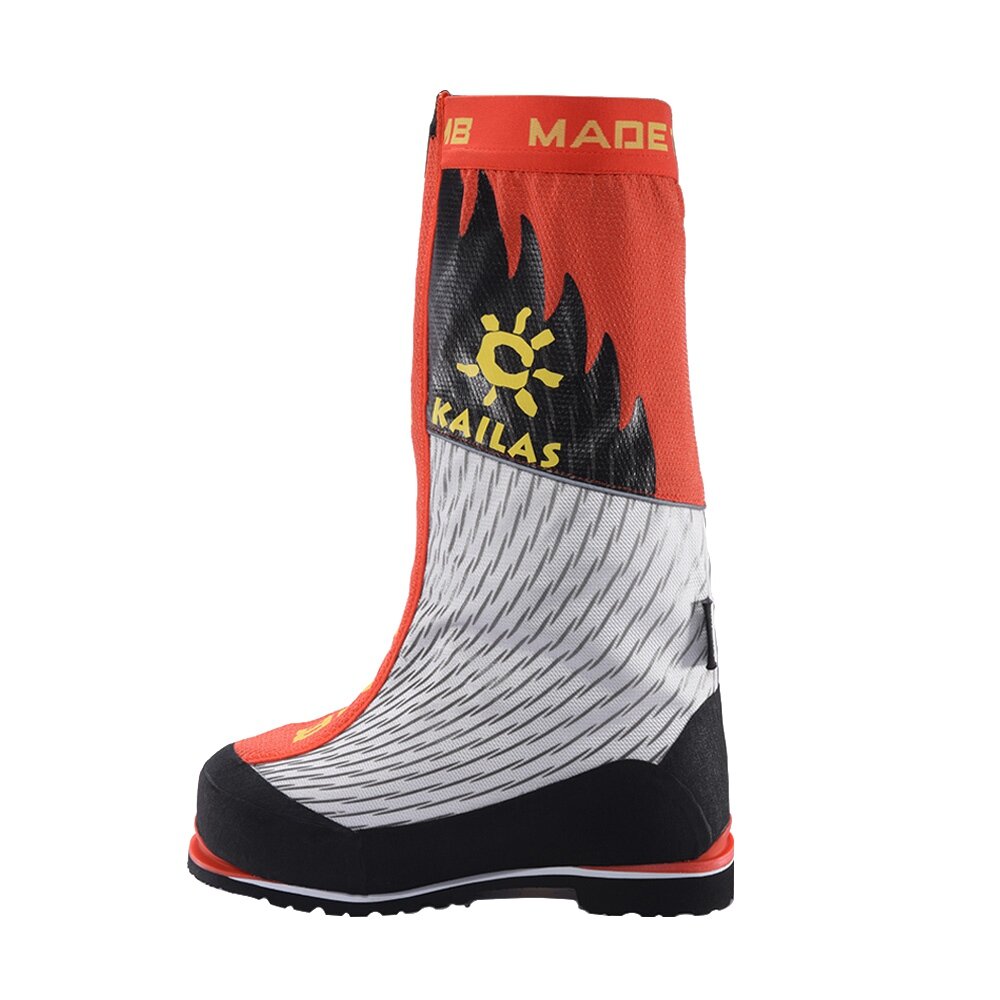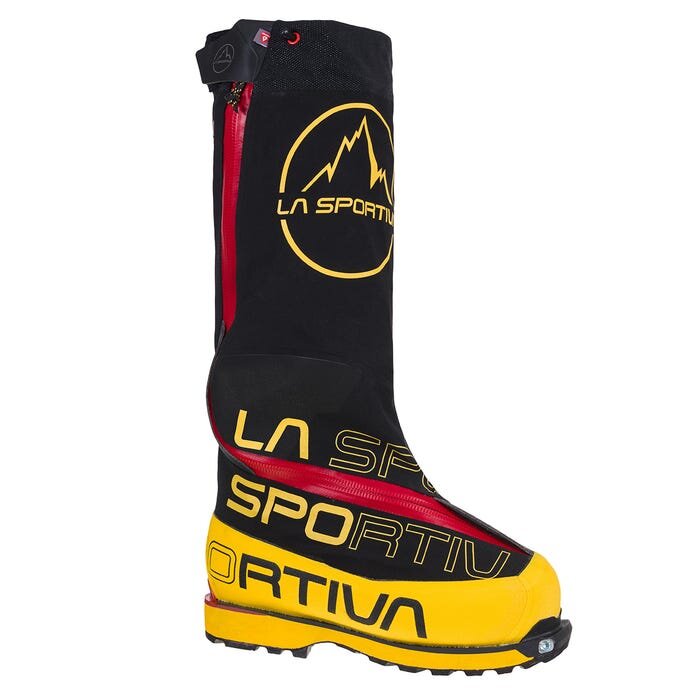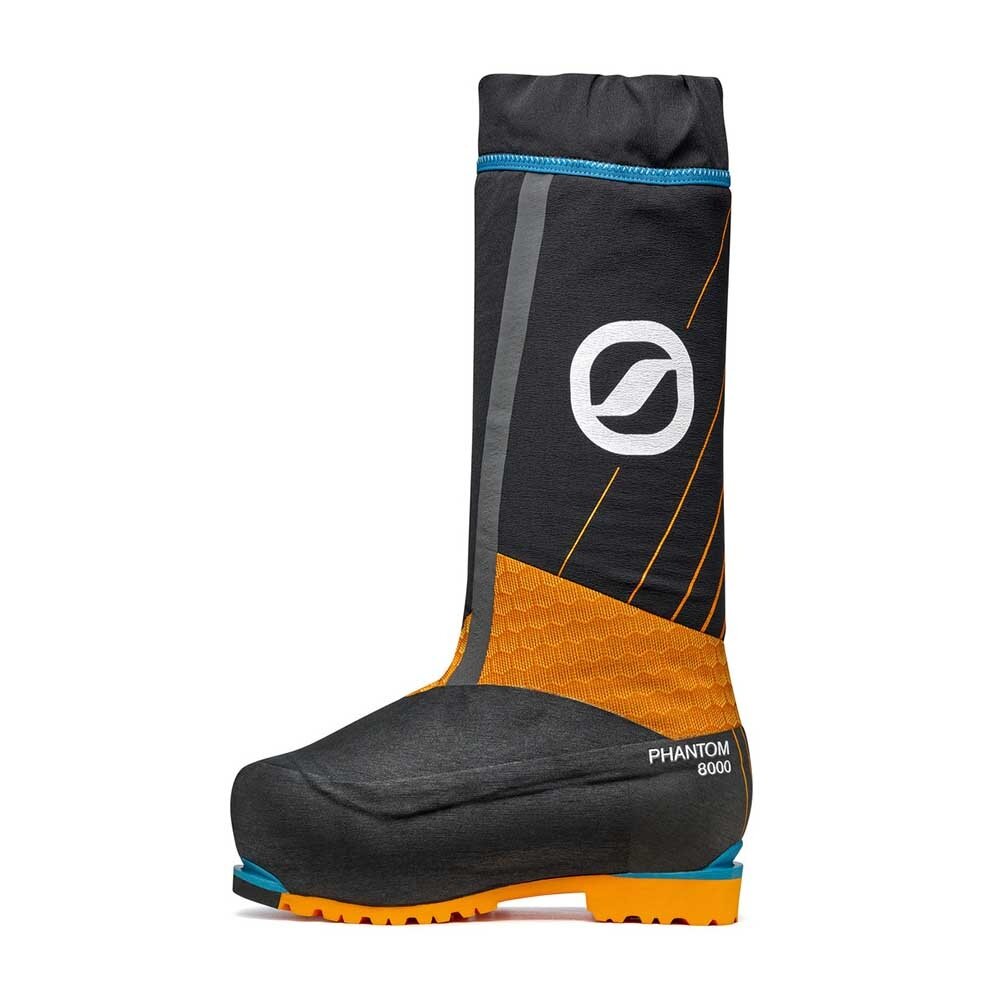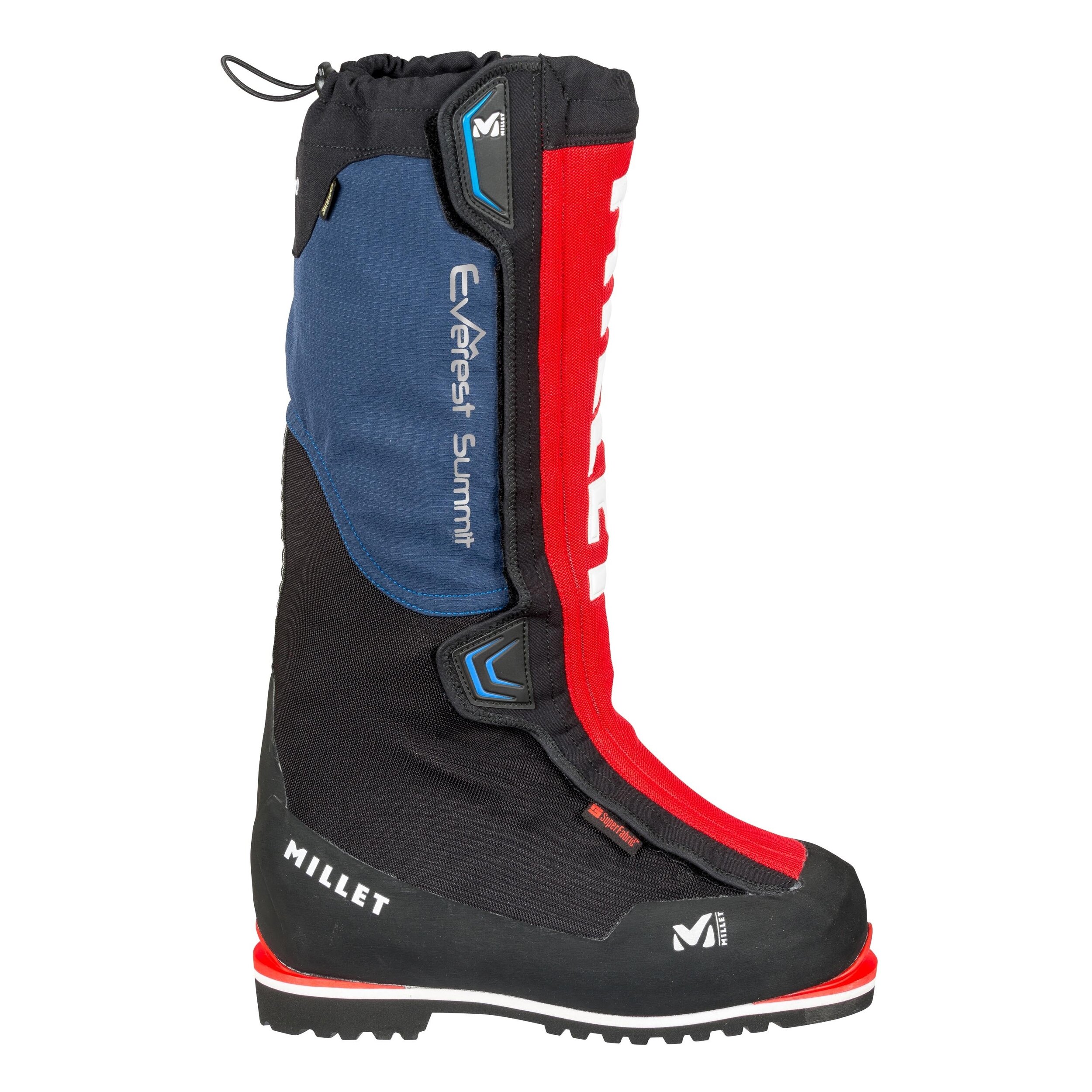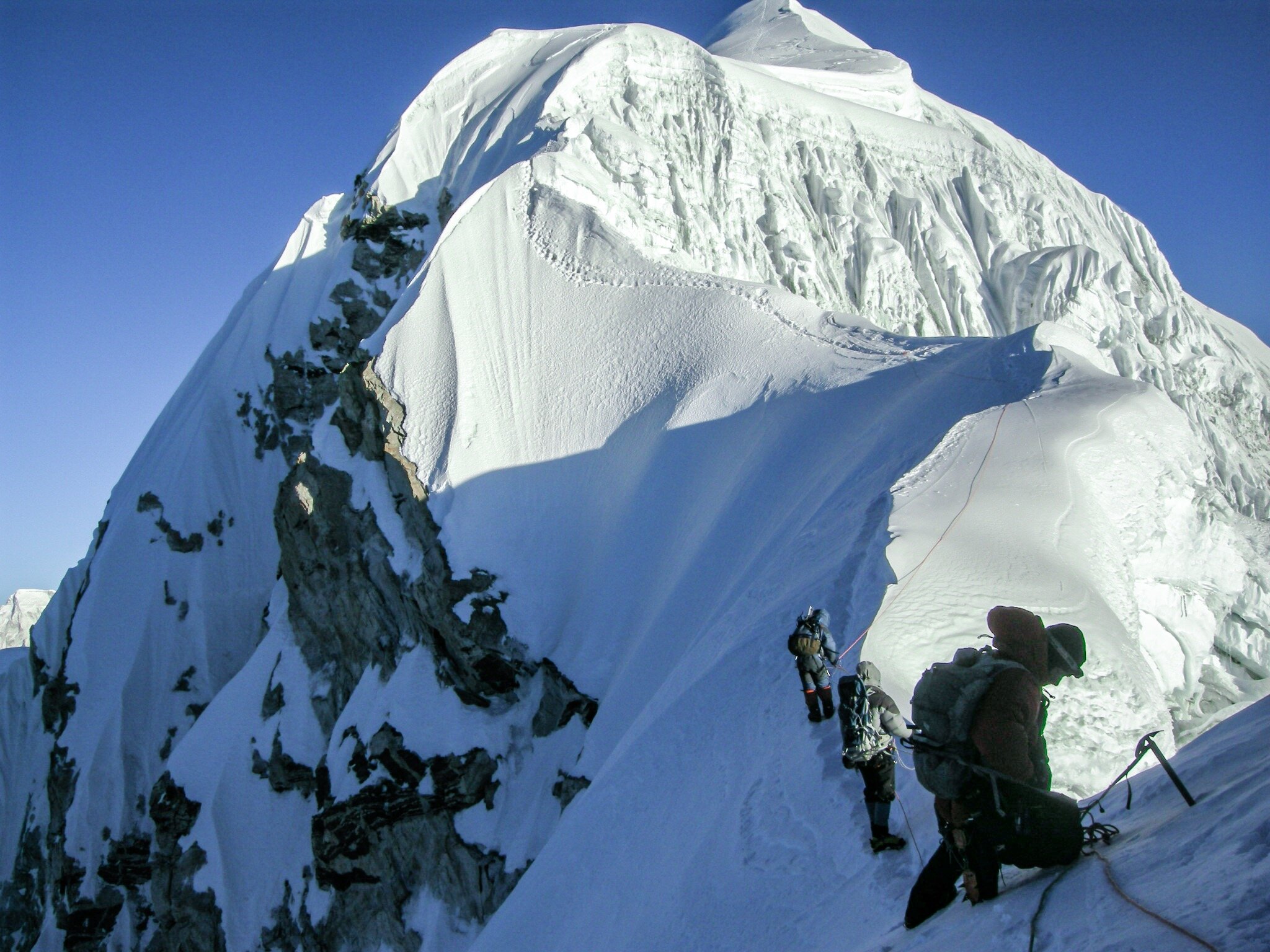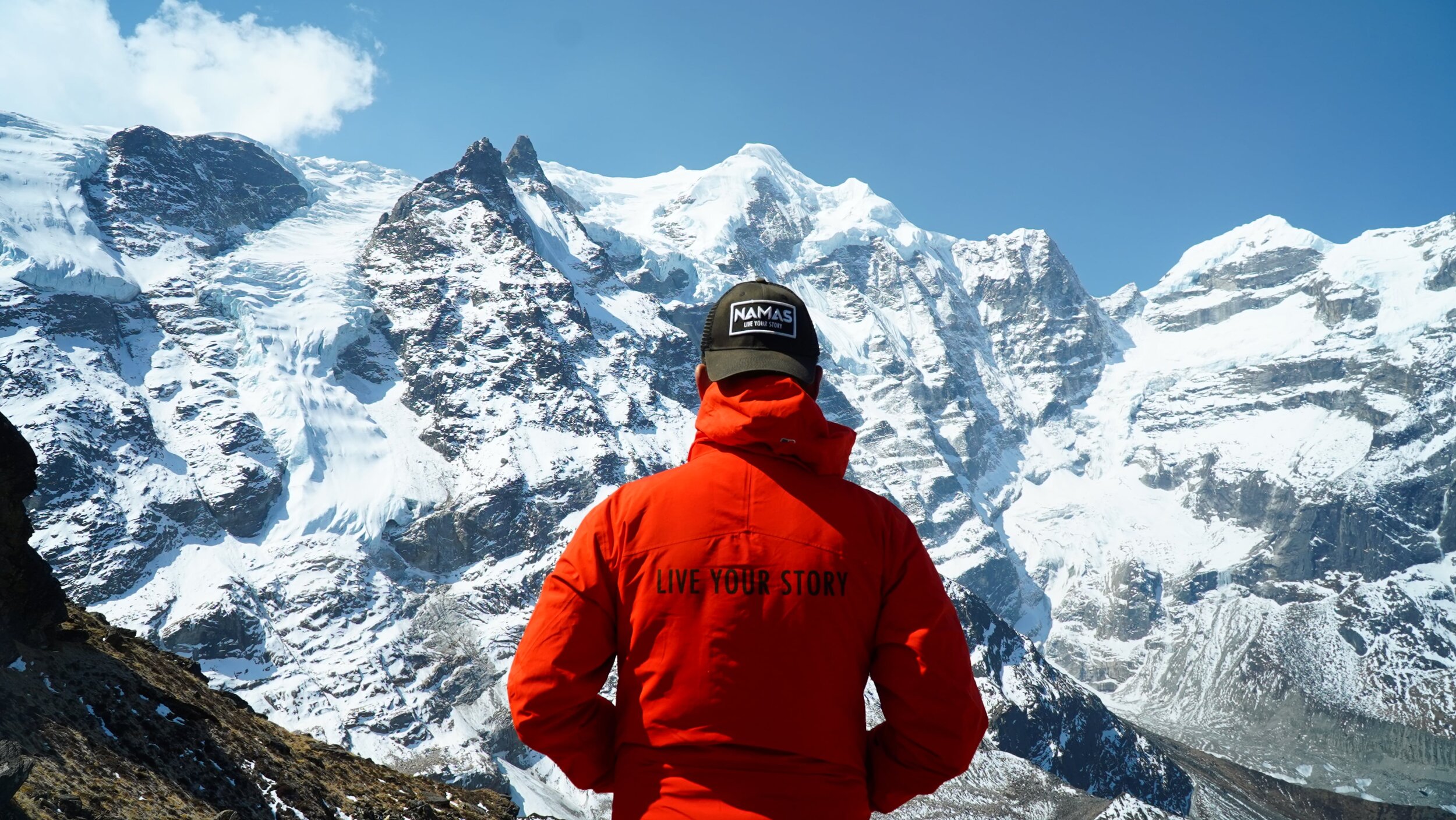Everything you need to know about Tilicho Peak 7134M Expedition - Namas Adventure
Tilicho base camp is set on the east side of the Mountain at 4900M
1. When is the best time to climb Tilicho peak?
Autumn (September - Mid November) is the best time to organise Tilcho Peak 7134M expedition.
2. How much does Tilicho 7134M Expedition cost? What does it include? How is Namas operating the expedition differently?
With Namas Adventure/Expedition team, please check our website (link). We provide premium high-quality all-inclusive peak climbing services. Our team’s focus is your safety, successful summit, experiencing the local culture having fun. As a company, we are focused on our core values of being a responsible, ethical, and sustainable mountain adventure brand. Climbers do not have to worry about anything with our team and totally focus on their climbing holiday and fun times ahead. We explore the least climbed and remote peaks in the Himalayas and around the globe.
List of what’s included in your booking.
IFMGA/NNMGA certified Guide leader
$500 Individual tip pool. Tip pool will be fairly distributed among all Namas staff members. (Guides, porters, drivers, hotel security, and staff). Guest may personally hand in extra tips to our guides and porters)
Namas Branded merchandise (800 or 900 Fill Down Jacket, Cap, Buff)
1:1 Sherpa/client ratio. (Additional 1:1 Sherpa can be arranged, extra charges apply)
Head chef and kitchen helpers (Helpers increase with the numbers in climbing team members)
Arrival hotel in Kathmandu
All trekking and climbing permits (ACAP region Permit and TIMS)
All internal-local transportation to and from the trekking trailhead
Expedition tents (2 or 1 person tents) Brands Salewa, Mountain Hardwear, Samaya equipment, Kailas
40 kgs personal weight
Freezed dried meals during camping days (Chicken, mushroom, vegan options etc)
Chocolate, energy bars, hydration pills, biscuits, canned foods, nuts
Burners and expedition equipment
Walkie talkie/ Satellite phone
Breakfast, Lunch, and Dinner on trek and expedition days.
Lodge accommodation during the trek
Porters per guest
Arrival pick up and departure
Internal flights
Basic First aid kit
Welcome/Farewell leave Dinner
3. The first ascent of Tilicho peak 7134M.
Tilicho Peak was first climbed by a French expedition led by Emanuel Schmutz in 1978 via the North West Shoulder.
4. How many climbing routes are there to climb Tilicho Peak?
Officially Tilicho peak has only been summited via the northwest shoulder.
5. What experience do climbers need to climb Tilicho Peak expedition? Are guides necessary?
Experiences - Previous high altitude climb of at least 1 X 6000M and several technical peaks of with alpine/mountaineering climbing experiences are absolutely necessary in order to climb Tilicho peak mountain. It necessarily doesn’t have to be in Nepal but can be anywhere else in the world, although climbing in Nepal does help you get a wider understanding of climbing in Nepal. I.e.- local way of doing things, cultural perspective, bonding with local climbing leaders, their perspective on climbing big mountains etc.
Climbers need to have good knowledge and experience of hiking/climbing using crampons on snow, ice, and steep surfaces. Be comfortable and proficient using a fixed rope to climb on steep and exposed sections, traversing on mountain slopes and climbing through spurs on the routes. Climbers must be highly efficient with the use of climbing gears, basic rope techniques like tying safety knots, and abseiling when coming down from the mountains, and have the mental toughness to climb in cold and windy conditions.
This expedition is not for intermediate experience level climbers.
Local Guides - By Nepalese law, when issuing permits for high altitude peaks above 6000M+ guides are a must. To issue a permit for Mt. Everest expedition process will have to go through a registered local company. However, if you are one of the experienced climbers with tons of climbing routes under your belt then there can be several routes that even local guides may not be able to climb. So even if you climbers want to explore new routes then taking a guide as a backup option would be a wise choice.
6. How many high camps are there on this expedition?
Strategically on Tilicho peak expedition, we will have 2 to 3 high-altitude camps.
Camp 1 (5800M)
Camp 2 (6200M)
Camp 3 (6600M) - possibility after assessing the weather, snow/ice and other objective dangers in the mountains.
7. What is the best-acclimated itinerary for climbing Tilicho peak expedition?
Going slow and steady is the game when climbing extreme high-altitude peaks. On extreme high altitude climbing expeditions, it is imperative that climbers acclimatize properly so that the body is well-rested, adapted, and stronger to climb even higher. When we want to commit to climbing adventure at a high altitude, slow and steady is the right way. Our itineraries have been refined and designed by our guides with years of climbing and guiding experiences.
During the expedition, our team will do a couple of rotations between camps 1 and 2 to acclimatize and get familiar with the routes. This gives our body to acclimatize at the extreme altitude and drop supplies at higher camps.
Note - If you want to shorten your Tilicho Peak (Express) itinerary to 24-25 days Namas team can make those arrangements.
8. What training is required/experience for Tilicho Peak expedition climb? Can you suggest to me a training plan?
Tilicho peak is graded at D+ (Fitness level) and by no means should this expedition be taken lightly and we require interested climbers to have a previous high altitude of at least 1X 7000M or 8000M+ climbing anywhere in the world. Mountains are graded based on their technical and physical difficulties. To keep it short you will have to be at your absolute best physical fitness shape. For your training, past climbing experiences, knowledge all play a vital role in order to successfully complete this expedition.
We highly recommend focusing on endurance, core, and strength training. Any type of aerobic exercise, like long-distance running (20km+) 3 to 4 times a week, cycling (1 hour - 2 hours), hiking gaining elevation with 15-20kgs weights on are some of the suggested training. Another aspect you will want to focus is on strength building and muscle endurance training. Kettlebell routines are one of the best workout we can recommend. And nothing beats the good old ways of climbing other smaller peaks and testing yourself before your main expedition. We advise you to schedule your training at least 6 - 12 months before your climbing departure. More on our training mountain expedition blog.
9. How hard is Tilicho Peak climbing expedition?
Tilicho Peak expedition is graded at D+/ 4 in difficulty. (Alpine/Fitness grading link).
We cannot stress enough but it’s very important climbers are mountain fit and strong before starting the expedition. In total, we will have 14 days of alpine climbing days and the climb will demand every ounce of your will, fitness, and awareness.
When we depart from Tilicho base camp 4900M our first objective challenge is to reach camp 1 navigating the ridge of North shoulder climbing through. spurs and steep 70 to 90 degree climbs to reach camps 1 and 2. Mostly climbing on steep ice, jumaring, and traversing on exposed ridges.
Summit day climb starts early with the goal to reach the summit or near to the summit before sunrise. and the wind starts to pick up. This will be another challenging day mixed with a day of accomplishment as we climb to gain 500+M to reach the summit and descend down back to camp 1. You can expect to climb for around 16+ hours as you will have to summit and then descend as any normal climbs. Our base camp team members meanwhile will be waiting for your arrival. All your previous training of endurance and strength training should have prepared your body and mind to face these challenges.
10. What are the clothing and gears - boots required for Tilicho Peak climb (trekking and mountaineering)? Can I rent gears for this expedition climb?
Choosing the right gear is very important. We advise climbers not to make compromises on the quality of gears and clothing, and to pay attention to layer up comfortably as well. You will depend highly on your clothes to keep you warm enough for the dropping temperatures at nighttime which can go down to -20c /-40c. Please check our equipment blog for recommended clothing and gear.
Renting your gears in Nepal? The simple answer is NO. This is one of the most frequently asked questions mainly by beginner climbers. We have tested and tried several gears in Nepal and frankly, we do not recommend hiring here. We know it might seem like a huge amount of expenses to buy all the gears, but they are well worth it. You can even hire from the city you live in. Make sure they are the original products from well-known adventure gear companies. (North face, Mountain hardware, Kailas, etc.)
Boots for Mount Tilicho peak 7134M Expedition
With better technologies, climbing shoes have improved every year. We highly recommend double-layered boots like Kailas Everest 8000M, La Sportiva Olympus Mons Cube, Scarpa 8000 phantom, Millet Everest summit GTX. It is wise to spend on good mountaineering boots, as so with all the gears that we have mentioned in this post above.
More 8000M boots link here (other media article)
11. What types of foods are available during Tilicho Peak Expedition? Is clean water available and how much water intake is recommended? Hydration and nutrition
On your hike to the base camp, most of the foods are prepared in the tea houses. Once we reach base camp we will have our own base camp station. Our tilicho base camp kitchen will be the best, where our amazing chef will prepare foods that will surprise you with what you can find at that altitude. Throughout your climbing period foods are prepared by our base camp kitchen staff members.
In the high altitudes, as the weather is extremely cold, your body will naturally want to reject food or avoid using energy on anything, which includes eating too. You might have to force yourself with the first few couple of bites and then eventually your body will start accepting the food. We also provide packed dried meals, so that clients have other options should they not want to eat what’s being cooked and served to them. We suggest all our clients to drink 4-6 l of water every day. Staying hydrated will also help you with acclimatizing properly. It’s best to take hydration tablets or filtration bottles with you.
Remember to avoid smoking and any alcohol intake. You might see our guiding leaders smoking or drinking but remember they are professionals and they have adapted very well to these environments compared to the climbers who go there just for adventure holidays.
12. What trip insurance will I need for this Expedition? Do I need helicopter evacuation to be included in my insurance cover?
No matter how prepared you are, you never know when or how things might go wrong. You might be sick suddenly or not that we wish but there might be some incident, you might suffer from altitude sickness or anything we can’t imagine yet. So, for these reasons, it is always good to have insurance cover. Our recommended Insurance companies (link)
We highly recommend Global Rescue as your insurance provider. Helicopter evacuation is our final emergency option and we do recommend you have one in your insurance, as it is the only means of transport in the Everest region. Our guides will assess your condition and examine if it is a major issue. If not, they will use their experience to motivate and push you through your trip. However, in case of emergency, helicopter evacuation will be called upon.
There is a procedure to follow when calling for emergency evacuation. We will call the insurance company hotline, get approval with your insurance reference number, and only then helicopters are sent to the distress call location. You will have to pay for the evacuation in Nepal from your own pocket but once you are back home you can claim your money back. Make sure you collect helicopter evacuation receipts, certified doctor’s approval letter. The insurance company will ask for this evidence to back up your claim. There was a huge helicopter scam in Nepal during 2018, so insurance companies are taking extra measures to stop this from happening. Our guides and staff members in Kathmandu will also remind you of this process during briefings.
13. Next climbing goals after Tilicho Peak Expedition climbing
Once you complete your objective of climbing Tilicho Peak you can start to plan further into other technical high altitude peaks that satisfy your climbing objective.
1. Ama Dablam 6819M and Island Peak 6189M climbing expedition
Technically difficult and climbing goal for many mountaineers. Ama Dablam is well renowned as one of the most beautiful and exposed Himalayan mountain in the Everest region. It is one of the most sought mountains to climb by mountaineering enthusiasts. Plan to do it before or after your bigger expedition like Everest as Ama Dablam climb in itself is a mountaineering challenge on its own. Ama Dablam is considered "a must-do" for alpinist and mountaineers.
2. Mera, Baruntse and Makalu (Triple Combo) or Baruntse with Mera Peak
Makalu Triple combo climbing expedition is one of the exciting mountain climbing expedition we organise at Namas Adventure. Climb the 5th highest peak in the world which is technically challenging but with a mix of climbing Mera Peak 6476M as your acclimatisation peak and Baruntse 7129M as your training peak. Mera Peak will be the most comfortable climbing peak helping you acclimatise and then we proceed onto the next 7000M peak objective of climbing Baruntse. The idea is to summit a 6000M+ peaks then to 7000M+ peak and then finally a 8000M peak.
Baruntse peak 7129M is one of the most remote peak sitting between Makalu and Everest/Lhotse. We will use this expedition to acclimatise further and also to train/refresh our climbing skills at higher altitude. Climbing Baruntse peak should further prepare us for taking on our final objective of climbing Makalu. After summiting Baruntse we then proceed towards Makalu base camp descending down via Sherpani col route.
Makalu 8463M will be the ultimate goal for this expedition. A mix of technical climb and extreme altitude this climb does not come easy. This expedition challenge is perfect after Everest expedition. You will need a serious endurance and strength in your fitness tank. Make this part of your climbing how ever it suits you. Some climbers want to climb all 14 X 8000M peaks or just another 8000M peak climbing achievement. What ever your goal Makalu is one of the best expedition to take on before or after Everest expedition.
We hope the information we have provided above will help you decide/prepare in the best way before you embark on your ultiamate dream of climbing Mt. Everest. If you are looking for a great climbing team and want to have an amazing time in Nepal then we would love to have you onboard for our Mt. Everest Expedition. You can be assured that you are provided quality services with our fun-loving yet professional guides who have 5 - 10+ years of taking clients on Everest summit successfully. After all we do aim to be the best adventure specialist in the world and you having a great time, being safe and summiting will always be our priority.
3. Manaslu 8163M Expedition
Want to experience 8000M+ a death zone altitude and gain the right experience for Everest or other higher extreme altitude climb? Manaslu Expedition is for any aspiring mountaineers who are considering climbing an 8,000m peak or higher. Manaslu has to be one of the preferred options if you are looking to climb the 8000M peaks and is also a necessary option to get that 8000M experience before attempting to climb Mount Everest. The expedition begins with trek to Manaslu trails passing through the village at the foot of the mountain where then arrive at Manaslu Base Camp to begin the climb.
4. Mt. Everest 8848M Expedition, Nepal
Your ultiamte expedition climbing to the Roof of the world. Mt. Everest Expedition.
If you do have any more questions, please ask us below in the comment section or you can email us at bookings@namasadventure.com and our team will get back to you as soon as they can. Stay well. Challenge yourself. Dare great things and live your story.


